Mangaluru, Jan 18: The Swacch Mangaluru Abhiyan being carried out by Ramakrishna Mission has now completed 35 weeks. On Sunday cleanliness drive was conducted at Marnamikatta area as part of the campaign.
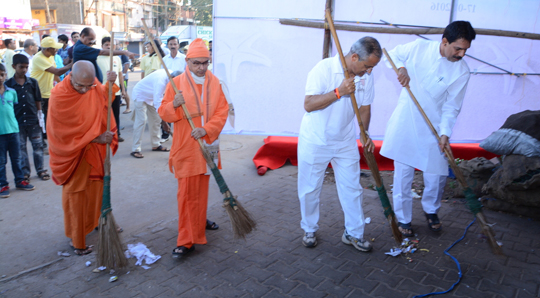
A small stage programme was organized near Marnamikata circle. Swami Balabhadranandaji, Asst. Secretary, Ramakrsihna Mission, Belur Math and Nalin Kumar Kateel, MP, Dakshian Kannad Dist. were the chief guests. Swami Balabhadranandaji speaking on the occasion lauded the efforts of Mangalore Ramakrsihna Mission and remarked that the Ashram has set a role model in nation for its sustained cleanliness drive. He also highlighted the importance of youths joining their hands in this drive. Nalin Kumar Kateel too appreciated the sustained and active leadership of the Ramakrsihna Mission in the Swacchata Abhiyan initiated by Sri Narendra Modi. Both the dignitaries flagged off the 35th drive near Marnamikatta Circle.

Swamijis and the guests then cleaned the surroundings of Marnamikatta circle with brooms. All the four roads leading to the circle were thoroughly cleaned. The road leading from Morgan’s Gate to Marnamikatta circle was neglected for years together and heaps of garbage which was lying on the road were cleared using JCB and tipper. The public toilet situated in the area lacked maintenance and all sorts of posters stuck on the walls had ruined the look. The walls were cleared off all the posters, cleaned and repainted thus giving a new look.
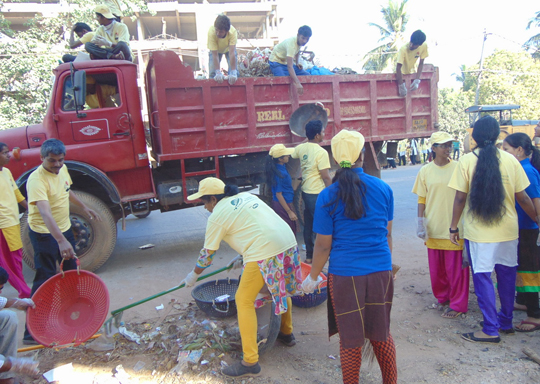
Marnamikatta circle was dilapidated for the past few years and was an eye sore for the regular commuters in that area. The volunteers of the Abhiyan taking the help of professionals in this regard have been working on repairing the same by building walls for the circle using laterite stones and ten loads of mud. This wall will be painted by the members of Isiri arts in days to come.
The dilapidated bus shelter that lacked maintenance was cleaned and painted giving a much needed facelift.
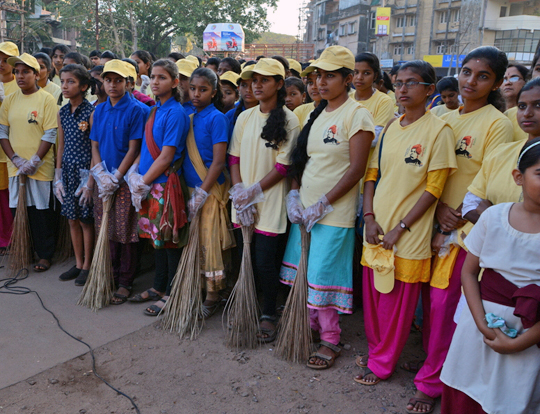
The 35th Abhiyan concluded with a small programme in the Ashrama Audirouim later which was inaugurated by Swami Balabhadranandaji from Kolkata. Sri Kumar, MD, MRPL, who are the principal Sponsors of the drives speaking on the occasion expressed their satisfaction and pride in associating with Ramakrsihna Mission in the Swacchata Abhiyan and lauded the sustained efforts of the Ashram in this regard.
Volunteers distributed handbills on Swacch Mangaluru Abhiyan to about 1000 households to generate awareness among the localites in the area.
Volunteers of Nivedita Balaga, Students of GFGC, Car Street, Members of Art of Living foundation, Members of Rotary Club Hillside, Sri Rajashekhar Hebbar, Dr Satish Rao, Sri Suresh Shetty, Sri Shubhoday Alva, Sri Dilraj Alva, Sri M R Vasudev and several other eminent men actively participated in the Abhiyan. MRPL, Principal Patron of the event sponsored the drive.
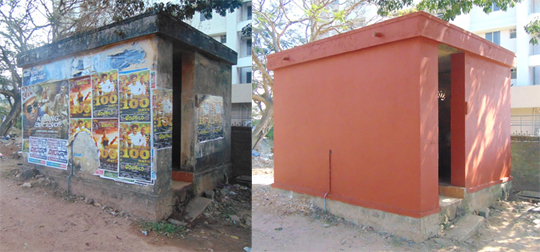
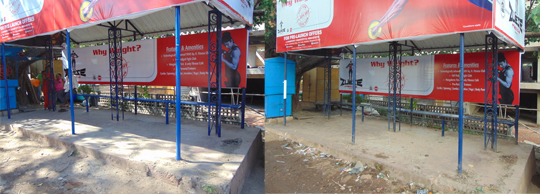
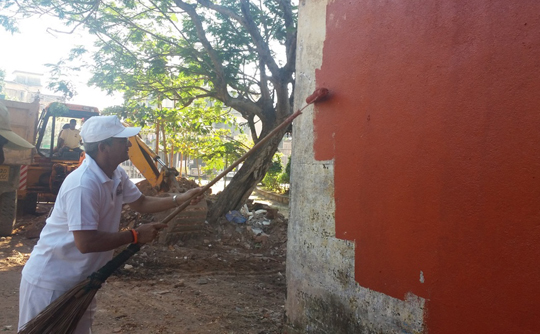

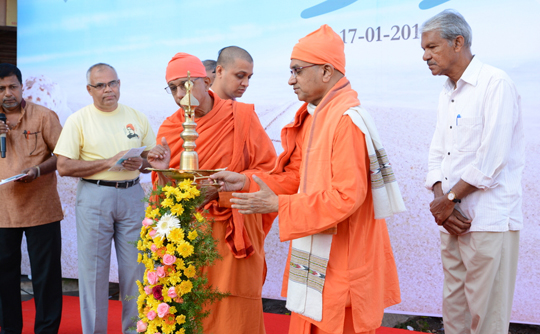
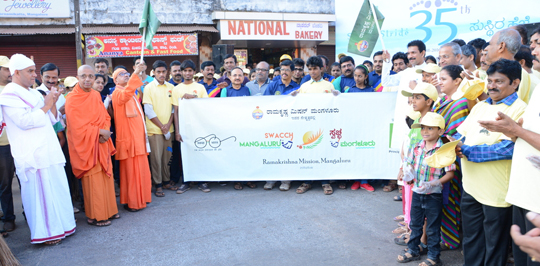
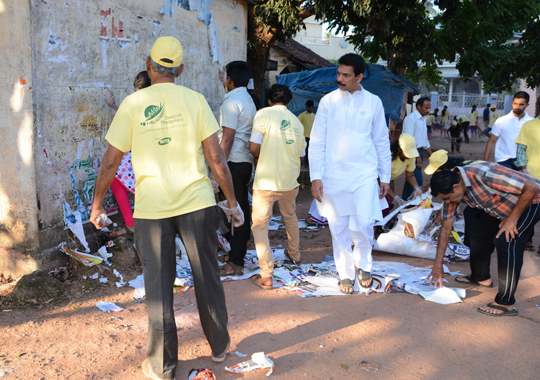
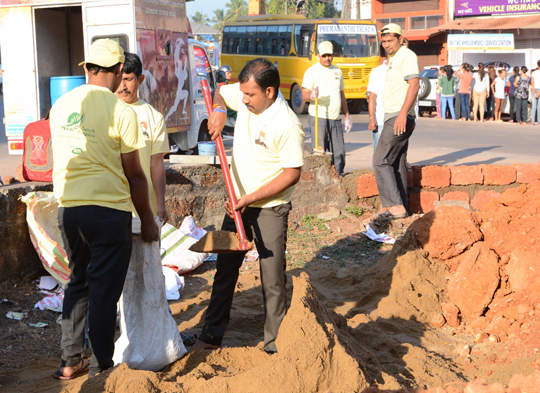
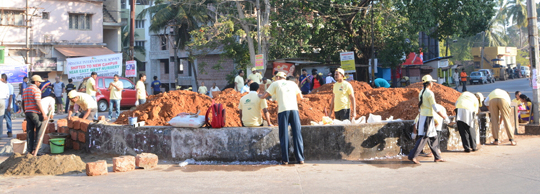
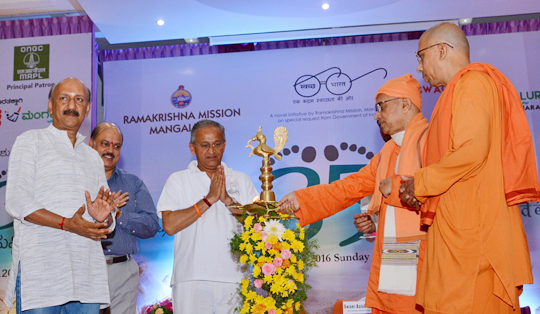

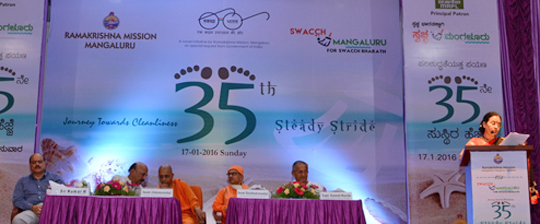
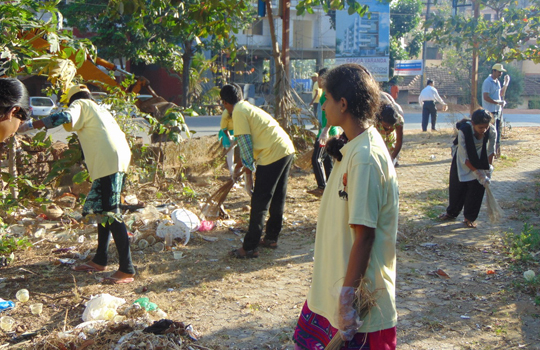
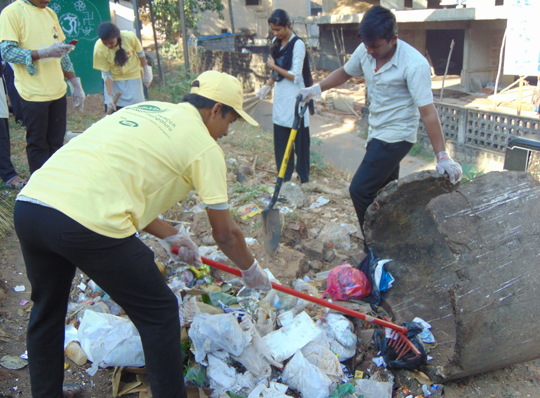
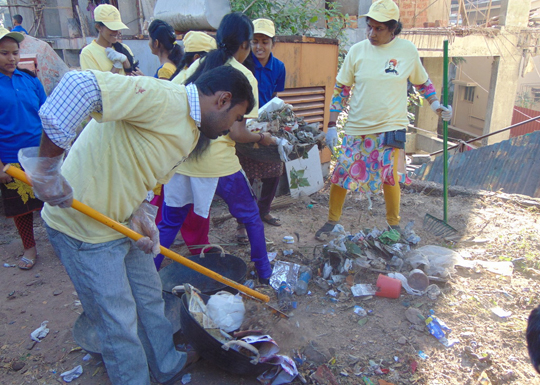

















Comments
People were started swacch bharat.. After that most of them stopped. Even feku. But RKM still doing.. Great.. Everyone should do.
Good job ( But only for publicity ).
we have lot area in Mangalore taluk , there is no place through waste garbage, then how you can keep clean .
please arrange for it ,then city will be automatic clean,no need
Abiyans.
Very appreciable and good job.
Keep it up Mr. Nalin Kumar Kateel.
Good Job.. :)
Add new comment